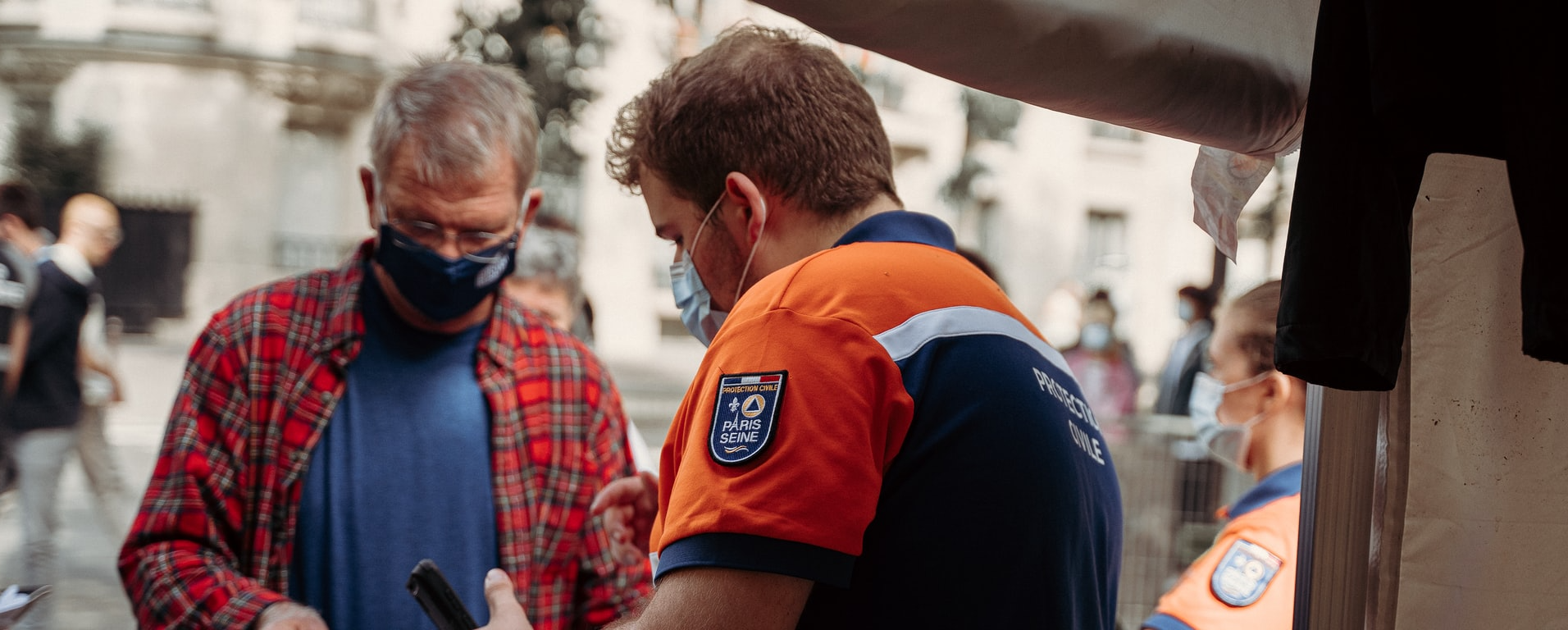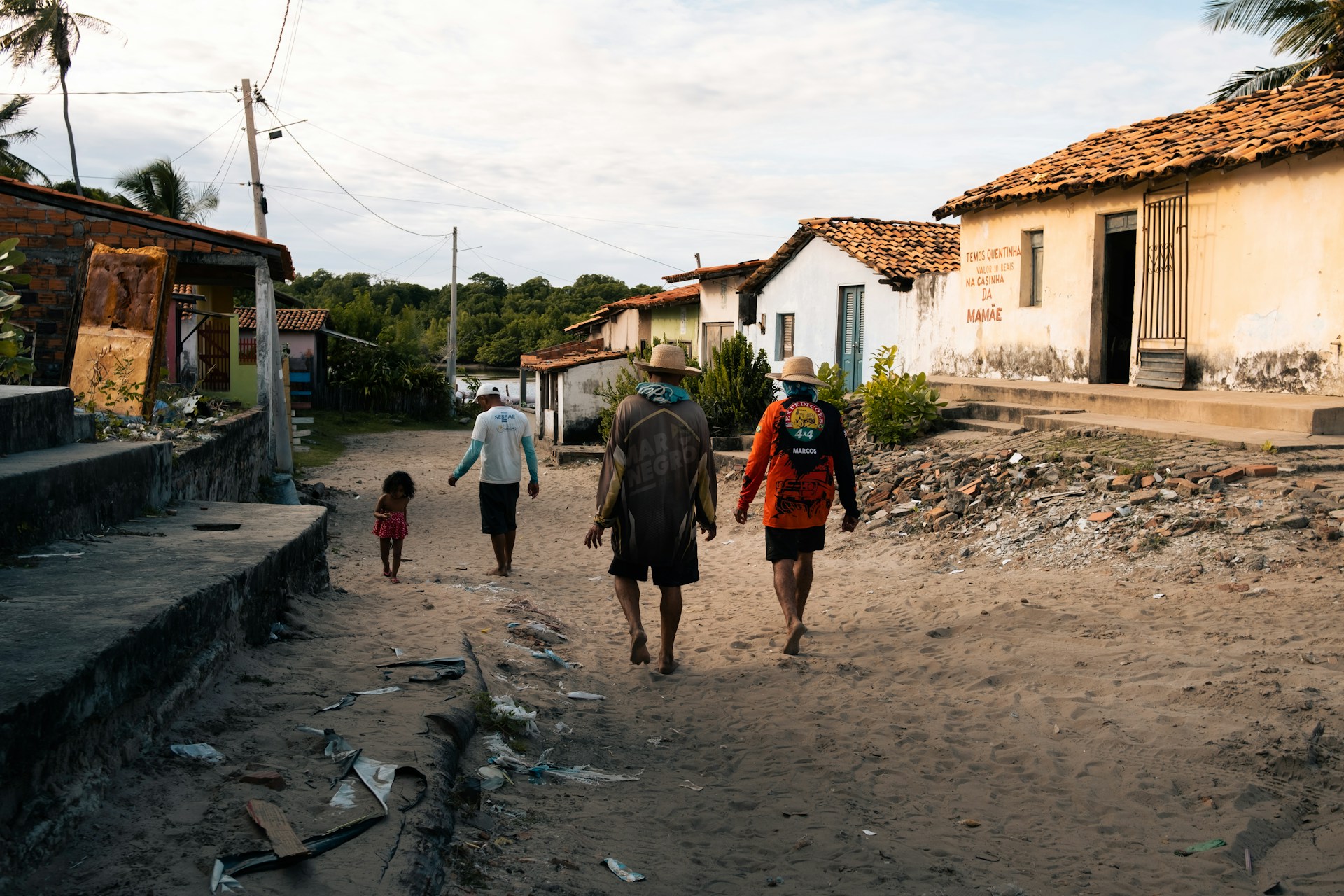COVID-19 and closure: Proportionate or Preposterous?
COVID-19 has resulted in a raft of measures being adopted by governments and policymakers. What may be less well-known is that the World Health Organisation has issued a set of guidances in 2005 in relation to pandemic responses (the International Health Regulations, or “IHR”), which was signed after extensive review of extant international regulations and in-depth negotiations by member countries.
Interestingly, the concepts of appropriateness and proportionality are inherent in the IHR. Appropriateness means that measures are directed to a purpose and based on valid considerations e.g. available scientific evidence, whereas proportionality means that measures to stem disease transmission should be “commensurate with and restricted to public health risks, which avoid unnecessary interference with international traffic and trade”[1]. During non-COVID times, the WHO has often issued recommendations based on the GRADE methodology ensuring that appropriate and proportionate interventions are taken as a means to a well-defined outcome. However, given the urgency of COVID, the GRADE methodology has given way to temporary recommendations based on the best available evidence.
The balancing exercise that governments need to take is a complex one involving a plethora of considerations, and what appropriateness and proportionality constitute are not necessarily clear in the IHR. We wondered: What if we were to borrow notions of appropriateness and proportionality from English law? Over the past few years, there has been much debate: Should judges scrutinise executive decisions, such as whether governments have adequately weighed various factors contributing to a decision? Should there be more intense review where certain human rights are involved?
Transposing these into the COVID-19 context, it is imperative that countries consider preventative and care measures on both an individual and population level. For instance, on the care provision end, bed capacity and ventilator use might be considered. At the intersection of care and prevention lies contact tracing, probably one of the most contentious measures requiring a careful balancing of individual rights to privacy vs. public health needs.

At the prevention end of the spectrum, confinement and border closure are two measures which have been taken. We propose to focus on border closure, and argue that this is especially salient and timely given that these have severely impacted the economy, and also as border closure infringes one’s right to movement, especially in the EU where this is a protected freedom under Art 21 (Treaty on the Functioning of the EU)[2]. The line of inquiry goes as follows:
- Appropriateness:
- In asking if this is appropriate, we first question what the desired outcome of border closure is. Might it be to reduce imported cases, reduce infection levels across the population, or to ensure that the health system is not overwhelmed by patients from neighbouring countries (e.g. Switzerland and Italy)[3]? In many cases, it seems that countries may not have clearly communicated the desired purpose.
- Once the purpose is clear, is the proposed intervention (in this case, border closure) directed to the purpose, and is it suitable based on available evidence and scientific / epidemiological principles (IHR)?
- If there is a paucity of strong evidence, would a complete border closure (as some countries have done) be going too far?
Taking Singapore as an example, the decision to deny entry to short term visitors as of March 23rd was taken in response to data that over 80% of new cases were imported over the preceding three days [4]. Since then, border closure has undeniably resulted in a reduction in imported cases, with such case numbers flatlining over the course of April [5].
Once the concept of appropriateness has been addressed, attention should turn to whether the means are not more than are necessary to achieve the desired outcome.
- Proportionality:
- In assessing the balance which the decision maker has struck, English law may be able to lend a hand. According to the case of R v Daly [2001], it would be pertinent to ask – what other factors may be relevant, and have they been taken into account? (Examples include economic factors of lockdown and an infringement on the right to movement for persons and workers)
- In addition, attention should be directed to the relative weight accorded to interests and considerations. Specifically, what might be the cost of keeping the economy closed? For instance, in Germany, estimates state that a partial economic shutdown could cost the country between 7% and 20% of GDP[6], and with this in mind, the country is currently in the process of partially lifting the lockdown
It is morally difficult (and perhaps, impossible) to put a cost on human lives. However, a persisting economic shutdown is likely to also result in human cost going forward, such as an increase in suicides due to unemployment. It is thus instrumental and urgent that decision-makers evaluate drastic measures such as border closures on an ongoing basis, and to lift these gradually when the evidence calls for such change.
About the authors: Dr. Antonio Gerbase is an experienced public health professional who has worked in infectious diseases with the WHO for decades, and Zera Ong is an Oxford law graduate who currently works at the intersection of law and biotech.
Sources and Bibliographies:
[1] International Health Regulations (2005), retrieved April 16th, 2020 from https://www.who.int/ihr/publications/9789241596664/en/
[2] Article 21 TFEU
[3] La Canalisation du Trafic Frontalier est élargie à toute la Suisse (March 16th, 2020), retrieved April 16th 2020 from Swiss border closure: https://www.ezv.admin.ch/ezv/fr/home/actualites/informations-destinees-aux-medias/medienmitteilungen.msg-id-78452.html; translation of a key sentence – “This measure aims to protect the Swiss population and preserve the capacities of the Swiss public health system.”
[4] Toh, T.W. (March 22nd, 2020) Coronavirus: All short-term visitors barred from entering or transiting in Singapore from Monday, 11.59pm, retrieved May 1st, 2020 from https://www.straitstimes.com/singapore/health/coronavirus-all-short-term-visitors-barred-from-entering-and-transiting-in
[5] Ministry of Health (Updated as of April 30th, 2020) COVID-19 Situation Report, retrieved May 1st, 2020 from https://covidsitrep.moh.gov.sg/
[6] Coronavirus: Germany Counts Cost of Economic Shutdown (March 23rd, 2020), retrieved April 20th from https://www.dw.com/en/coronavirus-germany-counts-costs-of-economic-shutdown/a-52890813



